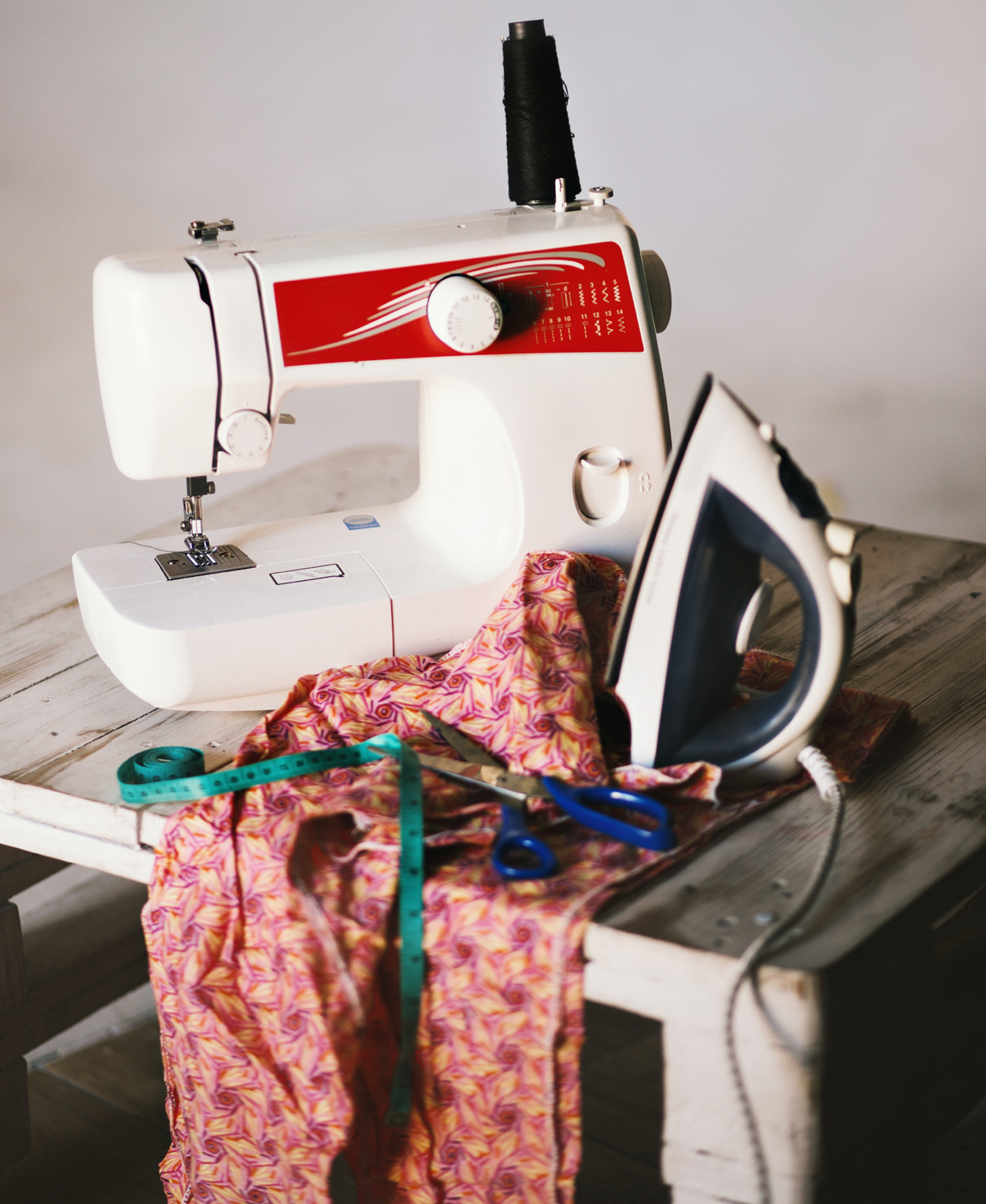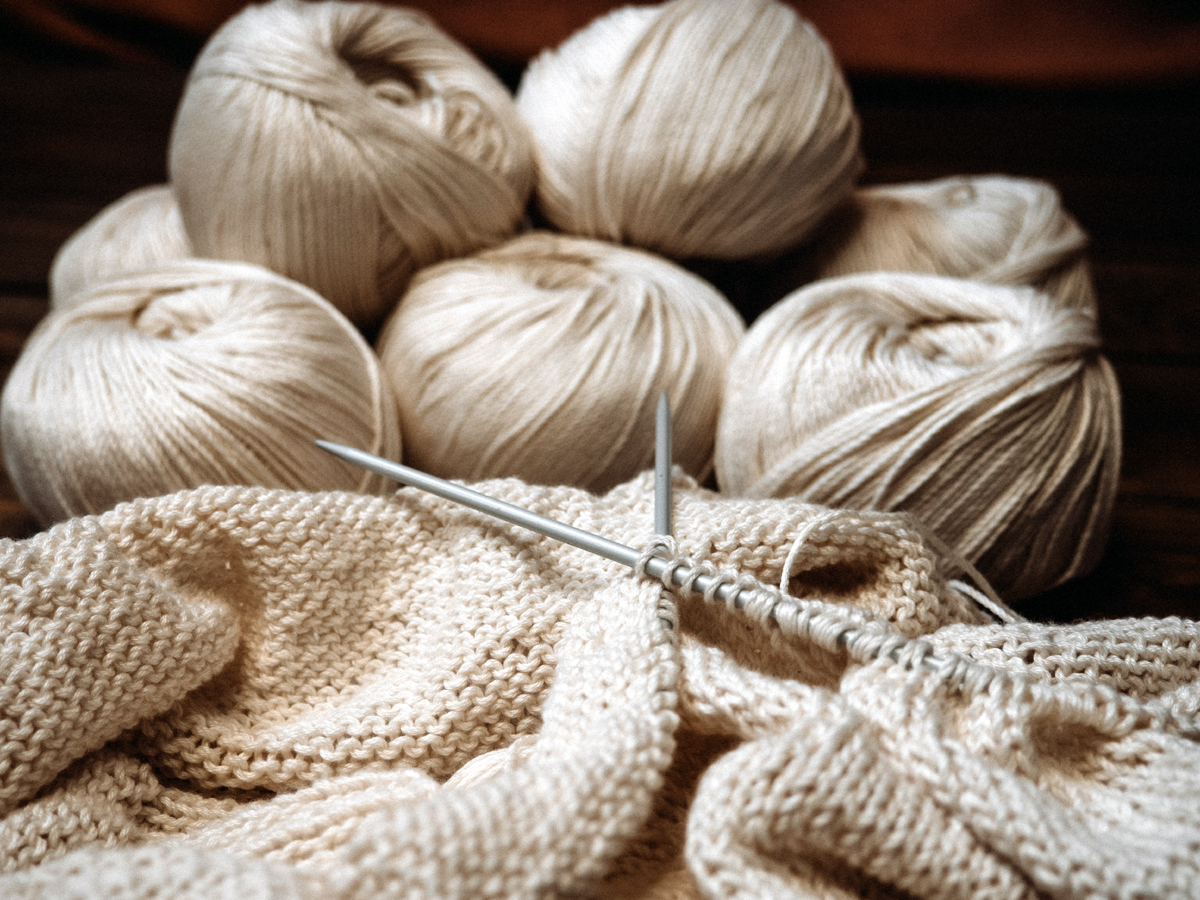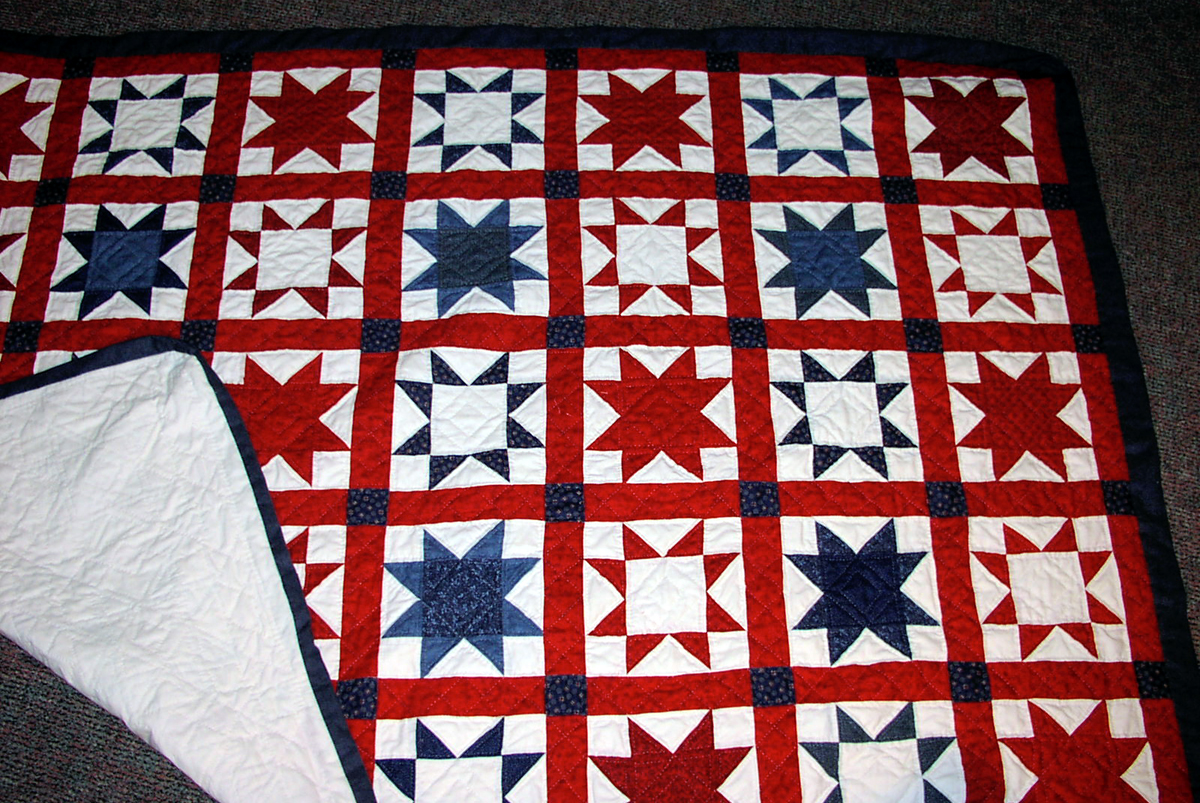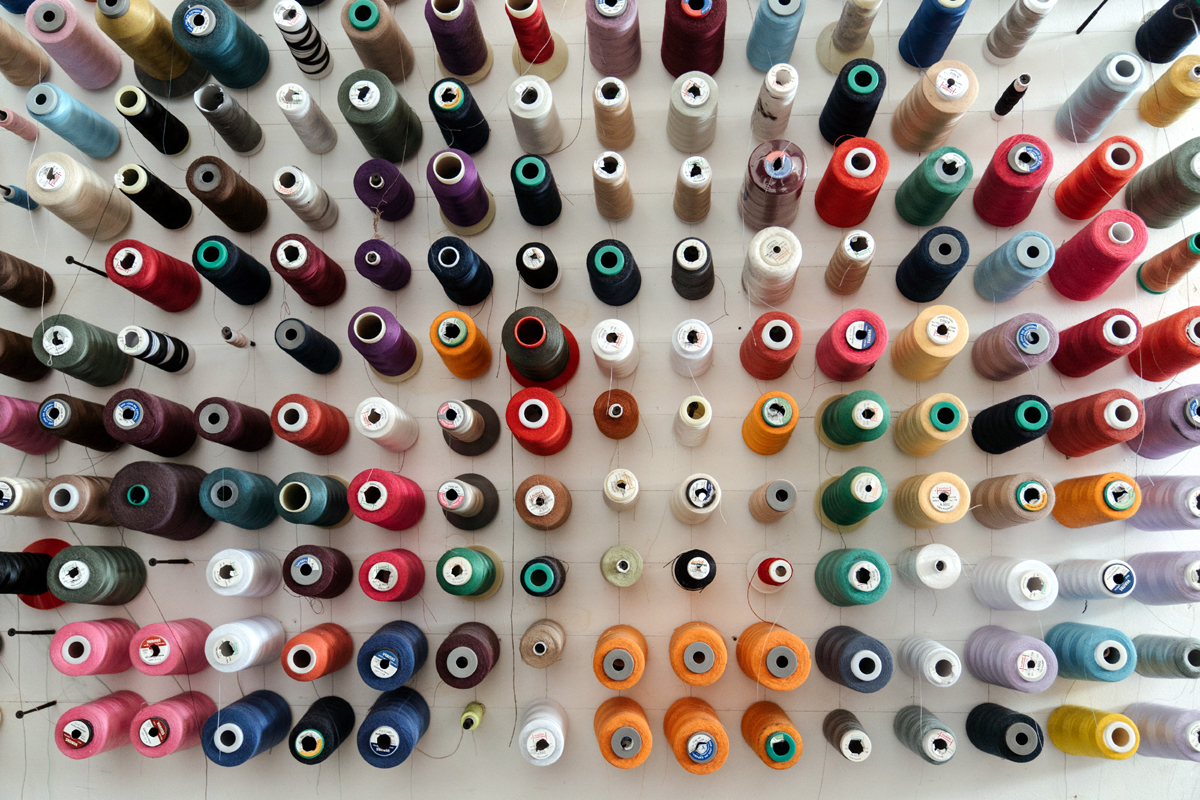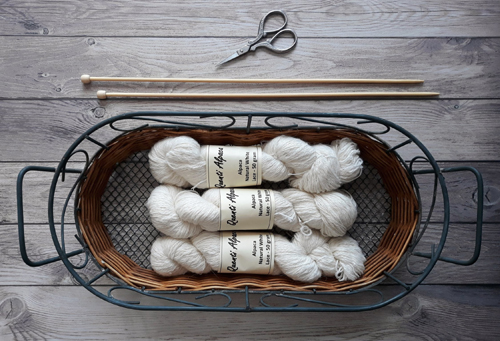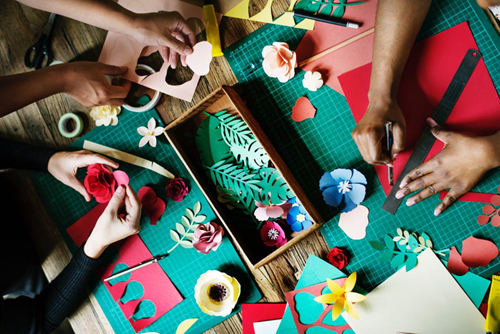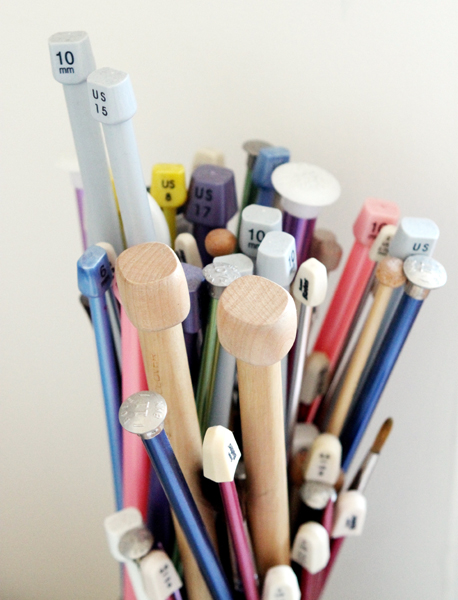Spinning and Spinning Wheels – How to Get Started

You will learn to spin much faster if you have a good spinning wheel and use the right type of wool. The worst way to start when you are learning to spin is with rubbish wool and an old spinning wheel with lots of problems. This is the way many people start and, not surprisingly, give up. Avoid falling into this trap, start with good wool and a good wheel and you will soon become a confident spinner and produce beautiful hand spun yarn.
Easy to Spin Wool
Somebody trying to be helpful may give you a bag of wool that has been lying in the back of their cupboard for ages or you might receive a free fleece directly from the back of a sheep, full of vegetable matter, faeces and very likely somewhat felted. Beware Greeks, or gods, bearing gifts! Accept the wool and fleece if you want to be polite, put them in your compost, and go and buy some prepared wool tops from a good supplier. If however, you were lucky enough to be given a really good fleece, wash it and save it for when you are more experienced.
When you are experienced, you can buy good fleeces and learn to sort, wash and card them. But when you are just starting, you are much better off with good quality wool tops. It is also much easier to learn to spin wool than silk, cotton or other vegetable fibres. White wool might be easier to spin than dyed wool, as dyeing can felt or compact the fibres slightly, a challenge you might not want when you are learning.
You would be wise to chose medium length wool, as both long wools and short wools are more difficult to spin. I like Blue Faced Leicester wool; it has a good length, plenty of lustre, and takes natural dyes well. Don’t be afraid to spend money buying wool tops, 100 grams of wool can cost you less than a good cup of coffee.
Spinning Wheels
There is nothing more disheartening than using a decrepit spinning wheel that needs constant oiling and tension readjustment. Your fibre will either feed into the bobbin too fast and keep breaking, or it will not feed fast enough and end up in a tangle of corkscrews, surrounded by swear words.
Buy the best possible wheel you can afford, or buy a drop spindle and save up for a good wheel. Be brave and ignore the cheap wheel in the car boot sale. A travel wheel is a good choice for a beginner. Travel wheels are light and easy to carry, and most of them fold to a compact shape and size. A folding spinning wheel will make it easier for you to attend meetings and learn from other spinners, as well as taking much less space in your living room.
Your First Drop Spindle
Those of you who have good hand and foot coordination, e.g. the good dancers and drivers, might find it easier to start learning on a spinning wheel. I am a little clumsy and found it easier to start spinning on a drop spindle. It took me about four months to learn to spin a good yarn, but I would have learned much quicker if I had started with a good drop spindle, good wool and good instructions. A top whorl drop spindle with a hook at the top is a good choice for a beginner, a sturdy plain drop spindle will cope with falling on the floor dozens of times.
Starting to Spin
Before you start to spin, it helps if you split your wool top into strips about the width of your finger. The next step is pre-drafting, just do a search on Google on ‘pre-draft wool’ and you will come across several videos that will show you exactly what to do. You can then start spinning.
When you spin, you put twist into fibres so that they hold together to form a continuous thread. If your wool keeps breaking or your drop spindle repeatedly falls on the floor, you probably need to add more twist to your fibre, either by letting the drop spindle turn a few more times before you draft again, or by treadling the wheel a few more times.
Many beginners fill the drop spindle with hand spun wool then find that they don’t know what to do next and give up! Do a search on the internet for ‘Andean Plying’ and you will soon see what the next step is. Alternatively you could do what I did, buy another two spindles, set two of them in holes in a shoe box, and ply the yarn with the third spindle.
Learning to Spin
You may not find a good tutor near you, or within reasonable driving distance. It is very likely that your local library no longer stocks books on spinning. Do not despair; the internet is a wonderful resource. I found it much easier to learn by watching videos than following photos in a book, anyway.
You can start with free YouTube movies, and then go onto buying a professional DVD. You may be lucky to have friends that can spin or you may be able to join a local group of spinners. Having a travel wheel will make it easier for you to go to spinning groups and learn tips from other spinners. You will soon be able to make the most beautiful yarn exactly the way you want it and make many friends on the way!
The Author:
Teresinha Roberts is a Brazilian-born textile artist with an MSc in Biology and a City & Guilds in Embroidery. She specialises in spinning wool and natural dyes and is a member of the Guild of Weavers, Spinners and Dyers. Teresinha is regularly invited to talk to weavers, spinners, dyers, embroiderers, botanical and environmental groups, amongst others.
Visit our website at http://www.wildfibres.co.uk today to buy your own spinning wheel and to learn more about natural fibres.

